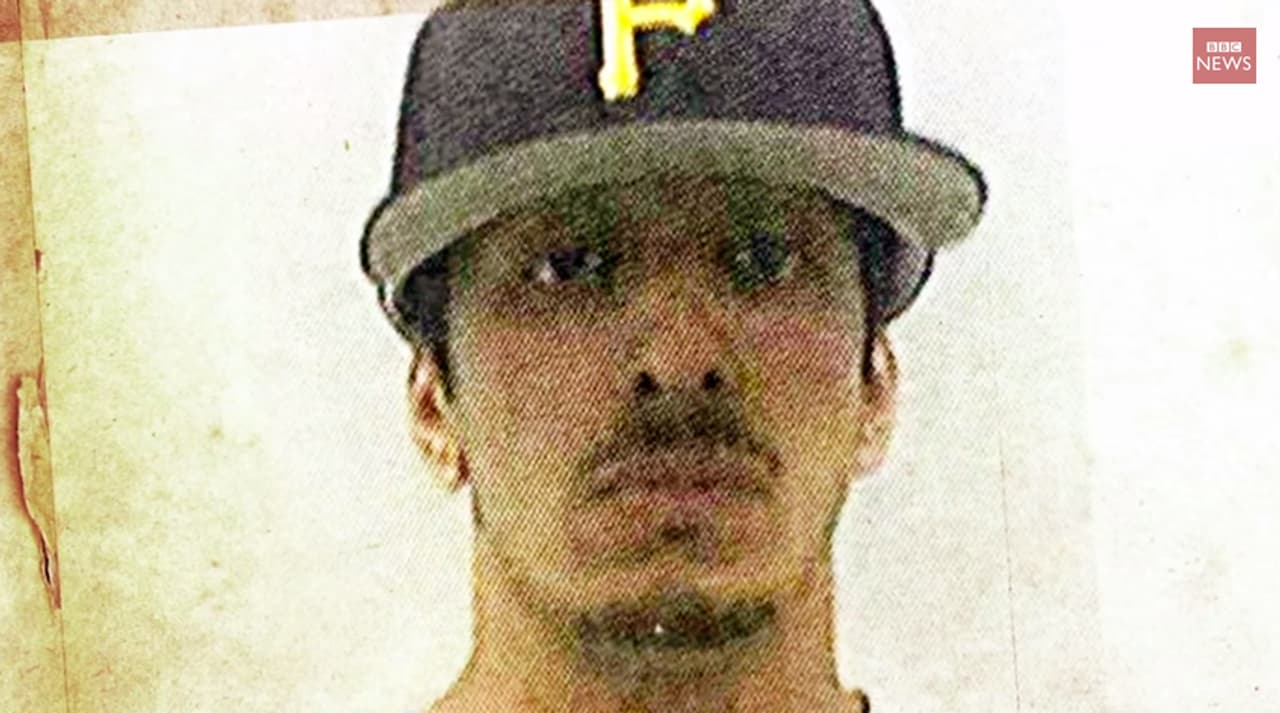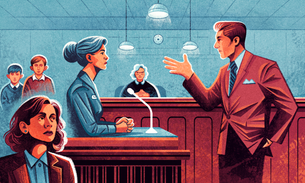
What leads young people to turn to violence in the name of religion?
Mohammed Emwazi, or ‘Jihadi John’, screengrab via BBC News
After the wars in Iraq and Afghanistan, extraordinary rendition, detention without trial and torture, the latest issue to unite civil libertarians and political Islamists is unchecked state surveillance. While many Western journalists complain about government officials looking at their metadata, the campaigners at Cage suggest that overzealous investigations into Mohammed Emwazi, or Jihadi John, partly drove him to embrace decapitation.
Cage’s analysis has been dismissed as hopelessly inadequate by left and right alike. But that still leaves all those unanswered questions: how did the son of a London taxi driver, described by neighbours as being from a “lovely family” end up cutting off heads? What drove his radicalisation? Why?
These are issues that come up in much of the Bureau’s work.
Different groups in the West give different explanations.
Some say it’s the religion. Once the preserve of a few fringe figures such as Pastor Terry Jones of Florida, this analysis is becoming more mainstream. Increasing numbers, particularly on the American right, believe Islam itself is the main driver of Islamic radicalisation. Right from the seventh century, they argue, Islam has used violence to get its way. Advocates of this view refer to surveys of Muslim opinion that show significant levels of sympathy for violent jihadist actions. For example a recent poll in the UK found that 27% of British Muslims agreed with the statement: ‘I have some sympathy for the motives behind the attacks on Charlie Hebdo in Paris’.
Critics of this view – including President Obama – argue that most Muslims don’t support violent jihad and that Islam has had many periods in which violence was not used to advance the faith. (In fact, it’s worth noting that all religions have had periods where violence was used to advance faith.)
Others believe the fault lies not with Islam but with the West. This analysis tends to be favoured by many Muslims and by those on the left who maintain that, while Cage has overstated the case, colonialism and its contemporary forms are the main drivers of violent jihadism.
Those who reject this view ask why other victims of Western colonialism – Hindus for example – don’t respond with continued anti-Western violence.

A third explanation holds that poverty drives radicalisation. Advocates point out that some jihadi recruits such as the Mumbai attackers were persuaded to go on violent jihad because they saw little chance of being able to get legal work that would enable them to raise a family. Similar factors, it is argued, are at play in the West, where the communities that produce jihadis tend to be at the bottom of the socio-economic pile. On this account violent jihadists are seeking power that, because of their class origins, would otherwise elude them. Jihadists can be seen as revolutionaries trying to overthrow established power structures.
However, opponents point out that while some violent jihadists come from poor backgrounds others are drawn from the ranks of the well-educated middle classes.
Proponents of these three analyses often view each other with scorn. And they can all fit most sets of facts to their rival cases. Take the question of why the Islamic State’s caliphate has emerged in the Middle East and not South or East Asia. Those who see Islam as the source of radicalism point out that the Middle East is the place where the faith originated and is most keenly defended. Critics of Western policy, by contrast, argue that it is in the Middle East that oil-driven Western policies have caused most havoc and led to hundreds of thousands of war casualties. Those who stress economic factors talk of the Middle East’s high youth unemployment.
In fact these three rival explanations can to some extent be reconciled. At the heart of the matter stands the issue of identity.
Many cultural Muslims, atheists among them, share a sense of “us and them”. I will never forget, shortly after 9/11, talking to a Shakespeare scholar in Peshawar who guiltily confessed that for a fleeting few seconds the thought “they had it coming to them” came unbidden to his mind.
This communal mentality is shared by increasing numbers of Westerners. And once the filters are in place, perceptions of brutality change. While many Muslims are enraged by deaths in Gaza some feel less strongly about Western casualties. “They had it coming to them.” Similarly some Westerners tend to view fellow Western victims with more distress than, for example, the hundreds of thousands of war dead in Iraq, dismissing those fatalities as an inevitable cost of war.
On this analysis questions of identity are key. The angry and confused young men and women who start exploring their Muslim identity end up thinking they cannot escape making a choice. Islamic State offers a society to which they can belong and to which they can commit without qualification. And as history has repeatedly shown, once in a system, humans can be persuaded to commit gross atrocities.
Many people celebrate having different aspects of their identity, finding it enriching. Others yearn for greater clarity and fewer nuances. And urging them on are those Muslim clerics who tell their congregations that Muslims are innately superior to Christian and Jews, and those Westerners who proclaim Islam to be uniquely regressive, backward and inferior.
Follow our drones team Owen Bennett-Jones, Abigail Fielding-Smith and Jack Serle on Twitter.
Sign up for monthly updates from the Bureau’s Covert War project, subscribe to our podcast Drone News, and follow Drone Reads on Twitter to see what our team is reading.




